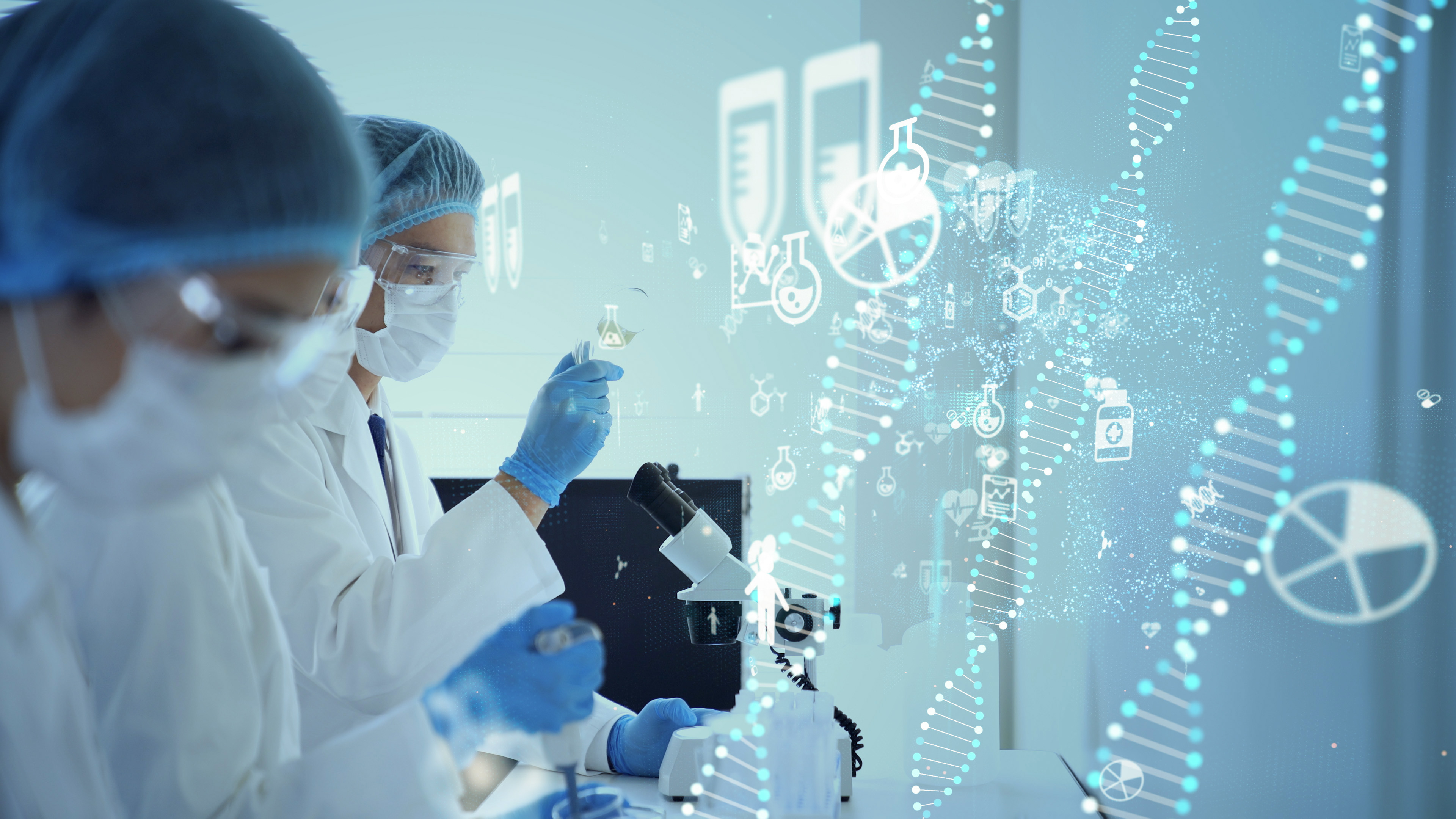Investigating ‘DNA Vaccines’ to Prevent Hepatitis B Infection
9 Nov 2020

Nanoparticle delivery systems loaded with an adjuvant and DNA encoding for a viral antigen show promise for genetic immunisation against hepatitis B virus.
An estimated 257 million people are living with chronic hepatitis B infection worldwide. It causes around 887,000 deaths each year, mostly due to cirrhosis and liver cancer. Thankfully, the infection can be prevented through vaccination.
The development of so-called ‘DNA vaccines’ offers an alternative route to immunisation. The idea involves injecting a construct carrying the instructions for the relevant viral antigen into the body (for example, into a muscle) where it is made into the protein that can trigger an immune response.
But a big challenge is around getting the intact DNA constructs into body cells. Different approaches are under investigation, including physical methods such as electroporation (where brief electric pulses are used to boost the uptake of the DNA into cells) – and the use of nanoparticle delivery systems.
Calcium phosphate nanoparticles are particularly attractive due to their combination of high biocompatibility with good biodegradability, along with their small size and high binding affinity to nucleic acids.
Nanoparticle Formulations
In a new study, researchers investigate the potential of using calcium phosphate nanoparticles for genetic immunisation against hepatitis B.1
The scientists prepared nanoparticles loaded with DNA constructs encoding two different proteins: Hep B surface antigen (HBsAg) or enhanced green fluorescent protein (EGFR), which was used as a model to optimise the process. After adding other biomolecules as adjuvants that they hoped would help stimulate the immune system, they added a silica shell to act as a protective coating.
The researchers took special care to avoid any contamination during the synthesis and purification of the nanoparticles, including using ultrapure water generated from an ELGA PURELAB® laboratory water purification system.
Viral–Specific Immune Response
The researchers initially carried out experiments adding the DNA–loaded nanoparticles to human cervical cancer cells, mouse muscle cells, and hamster kidney cells grown in laboratory dishes. They demonstrated that the DNA successfully got inside the cells and large amounts of the HBsAg protein were made by all three cell types.
They then moved on to experiments in a living system, finding that the nanoparticles successfully induced the injected muscle tissue to produce the HbsAg protein – either by injecting DNA–loaded nanoparticles or with electroporation after injection of the naked DNA alone.
After administering three vaccinations over two–week intervals with HbsAg DNA–loaded nanoparticles, they detected specific antibodies in the bloodstream and an antigen-specific response from certain immune cells in the spleen of the mice.
Benefits Over Electroporation
This study shows that DNA–loaded calcium phosphate nanoparticles have promising potential to induce a virus-specific immune response in the body against hepatitis B.
The nanoparticles were almost as efficient as injecting naked DNA followed by electroporation. This should help enhance their potential application, given the short lifetime of nucleic–acid constructs in the body, and problems around acceptance of electroporation for human vaccination.
The hope is that using these nanoparticles will help reduce the dose needed to achieve a similar immune response after intramuscular injection compared with a naked DNA vaccine, applied by electroporation.
Why Choose ELGA LabWater?
At ELGA LabWater, our expert engineers, chemists and scientists are at the forefront of technological innovation. They continue to introduce game-changing features to the lab water market.
Reference:
- Rojas–Sanchez, L. et al. Genetic immunization against hepatitis B virus with calcium phosphate nanoparticles in vitro and in vivo. Acta Biomaterialia 2020; 110;254–265.
Dr Alison Halliday
After completing an undergraduate degree in Biochemistry & Genetics at Sheffield University, Alison was awarded a PhD in Human Molecular Genetics at the University of Newcastle. She carried out five years as a Senior Postdoctoral Research Fellow at UCL, investigating the genes involved in childhood obesity syndrome. Moving into science communications, she spent ten years at Cancer Research UK engaging the public about the charity’s work. She now specialises in writing about research across the life sciences, medicine and health.
